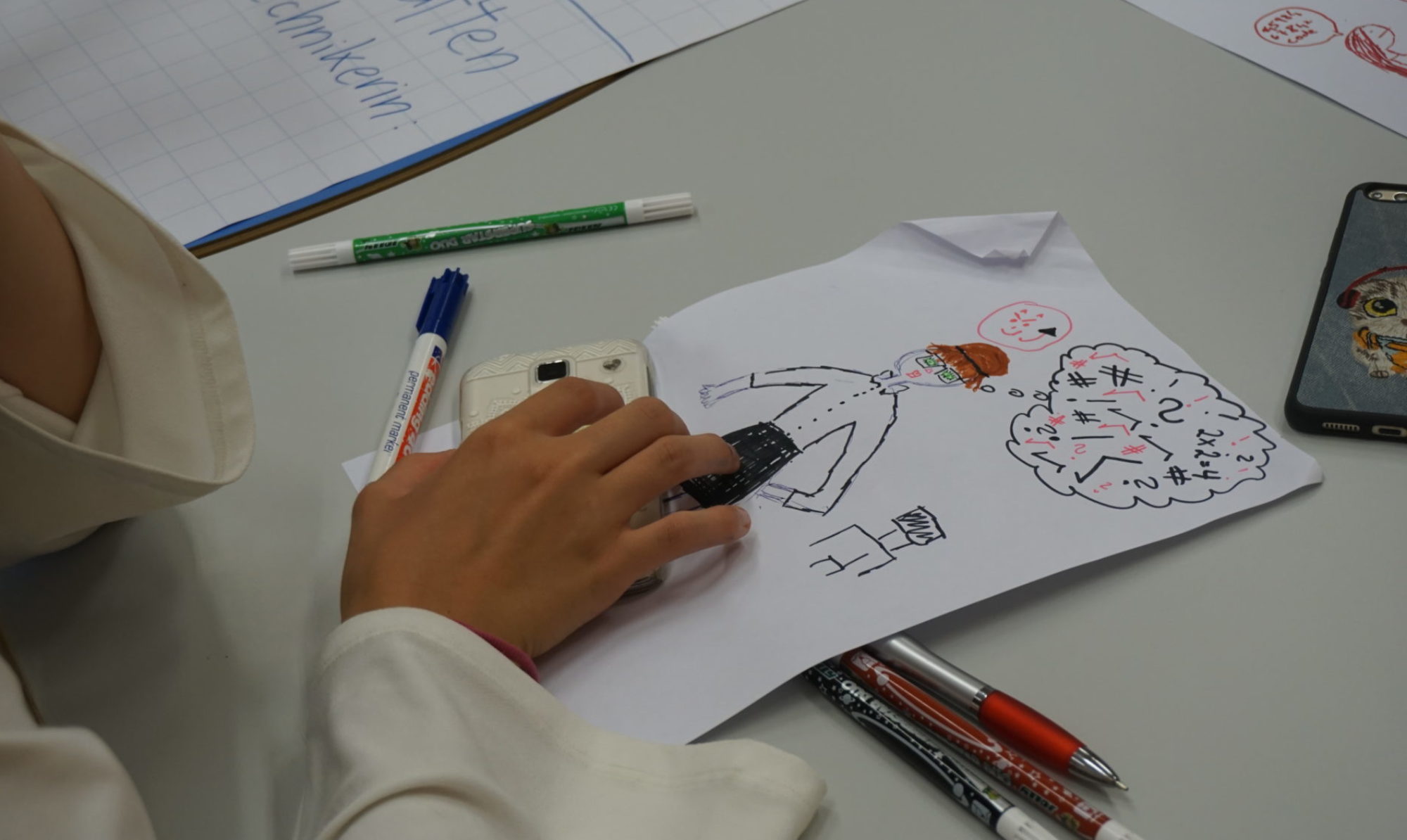Reference Format: Spieler, B. and Slany, W. 2018. Game Development-Based Learning Experience: Gender Differences in Game Design. In Proceedings of the 12th European Conference on Games Based Learning. October 4-5, 2018, GSophia Antipolis, France.
Bernadette Spieler, Wolfgang Slany
Graz University of Technology, Graz, Austria
bernadette.spieler@ist.tugraz.at
wolfgang.slany@tugraz.at
Abstract: Learning theories emphasize the importance of intrinsic and extrinsic motivators in curricula, and games are a promising way to provide both while constructing the game and presenting or sharing it in public or with a community. New technologies and the emerging mobile gaming sector further the case that learning should be promoted everywhere and anytime. What seems to be a promising opportunity for all pupils to learn coding in an entertaining way raises the question of whether such game based concepts also help to fix the gender gap of women in IT related fields. Gender differences are already present in secondary schools. These are the years where first career choices but also low levels of participation in technical subjects occur. To address this gender bias, a goal of the European project No One Left Behind (NOLB) was to integrate Pocket Code, an app developed by Catrobat, a free open source non-profit project at the University of Technology in Graz/Austria, into different school subjects, thus making coding more accessible and attractive to female pupils. During the period of this project (2015-2017), teachers were supported to guide their pupils in the learning processes by constructing ideas and realizing them through game design. Furthermore, teachers were trained to teach good game design and game production by sticking to an agile game design approach (research, design, development, testing, sharing), and the Mechanics, Dynamics, and Aesthetics framework, as well as other techniques, like the use of storyboards, and “ceremonies”. This is especially important for girls; according to the literature, they are less likely to play games. For this paper an analysis of submitted programs according to their game design has been performed. In detail, the evaluation considered formal game elements, gaming structures, and used graphics, as well as Pocket Code specific aspects. The program’s analysis showed commonly used design patterns by genders and suggests preferred game design characteristics of female teenagers. This analysis helps to build a more creative and inclusive Game Development-Based Learning (GDBL) environment that provides room for self-expression and inspires by building on intrinsic and extrinsic motivators by constructing personal experiences.
Keywords: Pocket Code, game design, gender design, gender, mobile learning, coding
